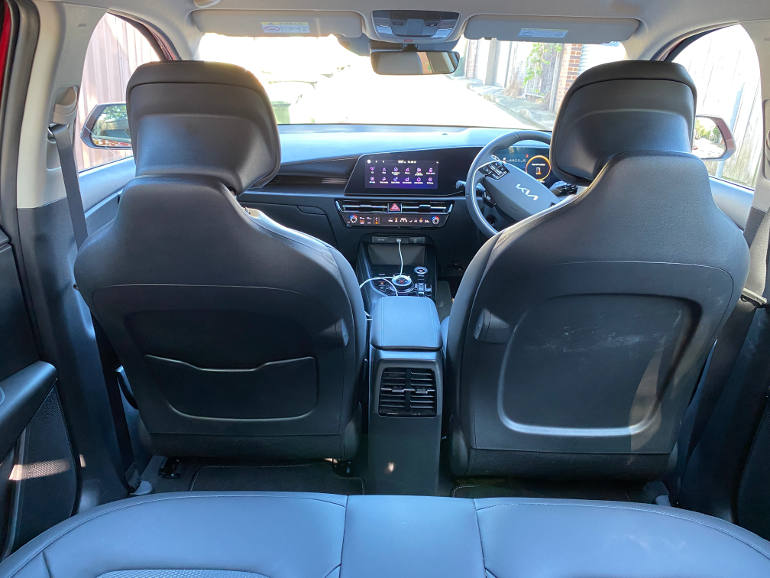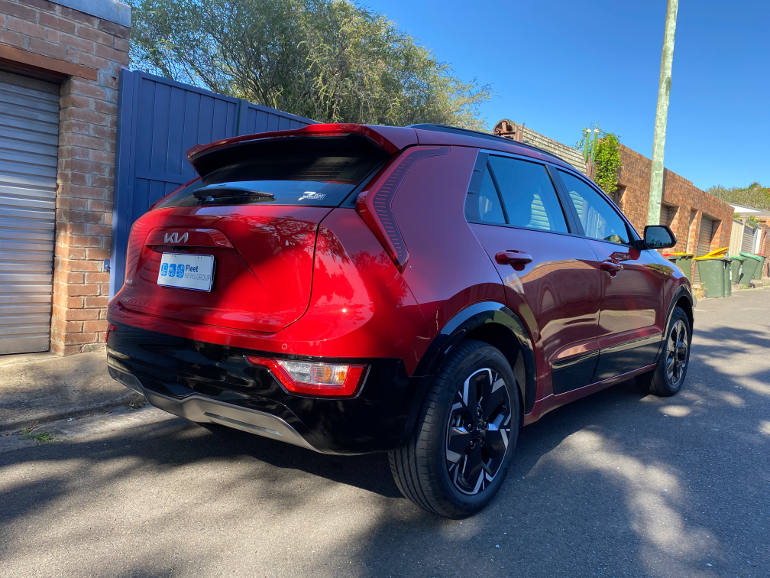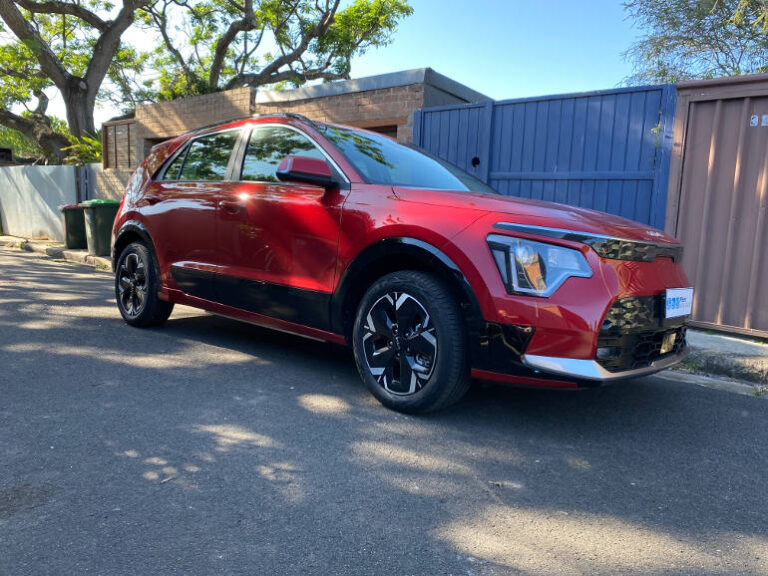Supply chain disruptions that have been ongoing since the global pandemic in 2020 have forced Fleet Managers to buy vehicles that are available rather than the vehicles recommended in their Fleet Policy. This has caused a move away from fleet standardisation which is considered best practice.
The transition to electric vehicles, which has accelerated since 2020, has also made fleet car parks look very different because Fleet Managers have been under pressure to trial EVs with a limited supply of models from the car manufacturers trusted by fleet buyers.
Moving away from one manufacturer and one preferred model in your fleet can create a number of issues. So finding a fleet vehicle that can adapt and evolve with your electric vehicle transition is an important consideration when reviewing your supply arrangements.
The latest model Kia Niro which was launched in 2022 is one option for Fleet Managers looking to get back to best practice fleet procurement and Fit for Purpose vehicle selection. It may not be the Kia model that you’re most familiar with, however it does offer a number of benefits as a fleet vehicle. It also comes as a hybrid and pure EV.
A key component of an electric vehicle transition plan is the review of your fleet to identify which vehicles would be Fit for Purpose as an EV. The other component is reviewing the vehicle custodian to match their ‘Persona’ to an electric fleet car.
If you find there’s not a perfect match, you’ll need to consider other ways to reduce emissions before switching to an EV. This is what makes the Kia Niro a suitable option because you can introduce the hybrid model and the EV at the same time. One vehicle, one supplier and no carpark envy.
This brings us back to fleet standardisation and the challenges of having different models in your fleet carpark. Standardisation of vehicle models in a fleet brings a host of advantages for organisations, government agencies, or any entity operating multiple vehicles. Here are the main benefits:
- Procurement: Buying vehicles in bulk often results in volume discounts. Standardising models can lead to significant upfront cost savings. You can also work with one manufacturer to forecast fleet replacements to ensure consistent delivery schedules.
- Easier Maintenance: If you’re running a workshop, mechanics and technicians can become familiar with a single model, which usually speeds up the repair and maintenance process. This can result in shorter downtimes and reduced costs. If you’re outsourcing your maintenance, one model means one network of dealers and the consolidation of expenses.
- Training: Training drivers or maintenance staff becomes more straightforward when only one or a few vehicle models are involved. This can lead to quicker onboarding and fewer errors in operation and maintenance. Training becomes more important when switching to electric vehicles. If a driver can move to the same model with similar controls, adapting to an electric powertrain becomes easier.
- Resale Value: When the time comes to sell or trade in vehicles, having a fleet of a single or few standardised models can sometimes result in better resale values, especially if there’s a known demand for that particular model.
- Fuel Efficiency: By choosing a model known for its fuel efficiency, a fleet can save significantly on fuel costs over time.
- Safety: Standardising around a vehicle model with good safety ratings and features ensures a consistent level of safety across the fleet.
- Consistent Performance and Reliability: By standardising, fleet managers can choose models known for reliability and consistent performance, reducing unscheduled maintenance and the variability seen with a mix of different vehicle models.
- Streamlined Administration: Fleet management software and administrative processes can be simplified when dealing with standardised vehicle models, reducing overhead and administrative errors.
- Branding and Image: A standardised fleet can present a unified and professional image, which might be beneficial for company branding and recognition. It also makes it easier to reduce costs with simpler designs and faster installation.
- Easier Fleet Expansion or Renewal: When expanding the fleet or replacing older vehicles, the purchasing decision becomes more straightforward when sticking to a one model.
- Predictable Costs: Forecasting expenses, such as maintenance, fuel, and other operational costs, becomes easier with a one model fleet, leading to more accurate budgeting.
- Environmental Considerations: If an organisation is committed to environmental sustainability, purchasing models are available as hybrid and electric will reduce emissions when an EV isn’t practical for the application.








